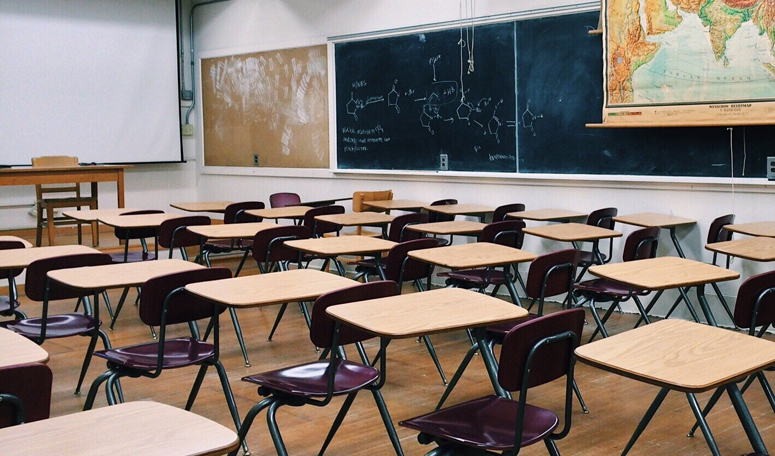(CNN) — The nation’s schools have been in an upheaval since the pandemic began. And now, amid a resurgence of Covid-19 cases, states are revisiting contingency plans to safely reopen them.
Several governors are taking sides in the debate between the push for attendance and the hesitation to gather kids before it’s safe.
The US Centers for Disease Control and Prevention has guidelines for administrators and parents. But it’s up to districts to decide the safest course, director Dr. Robert Redfield told CNN on Thursday night.
“We all want to protect the safety of the children that are in schools,” Redfield said. “There’s really a public health crisis. We are paying by not having these schools open, and I think we really need to get that balance.”
President Donald Trump on Friday reiterated his school funding threat in a morning tweet. He has advocated for reopening states amid surging cases.
“Schools must be open in the Fall. If not open, why would the Federal Government give Funding? It won’t!!!” he tweeted.
More than 90% of schools money comes from state and local levels, but schools receive targeted dollars from the US Department of Education. The money often affects the country’s most vulnerable students.
Thursday brought 63,247 new Covid-19 cases in the US, a record for a single day, according to data from Johns Hopkins University. The new high comes as many states set records in infection rates and hospitalizations and 33 states saw an increase in new cases reported compared to last week.
Michigan Gov. Gretchen Whitmer told reporters the numbers will determine if the state has to go back a phase in its reopening plan, in which case students may not return to the classroom as currently planned.
Arkansas has pushed the first day of school back from August 13 to 24 to give districts time to adjust to a blended learning plan, Gov. Asa Hutchinson told reporters Thursday.
In Florida, with its particularly high instances of new cases and hospitalizations, Gov. Ron DeSantis weighed the increase of cases against the education gap that can come from students learning at home. If Home Depot and Walmart can be open, so can schools, he said.
And though the American Academy of Pediatrics ultimately wants students to be back in school, Florida’s statewide mandate to reopen schools goes against its recommendations, President Dr. Sally Goza said in an interview Wednesday morning on NPR.
“We know that it has to be safe, and we know that we have to try to decrease that transmission as much as we can,” Goza said.
Adults, not children, appear to be key to spreading the coronavirus. Schools should give “serious consideration” to staying open even when the virus is spreading, two pediatric infectious disease specialists wrote Friday in the medical journal Pediatrics.
“Almost 6 months into the pandemic, accumulating evidence and collective experience argue that children, particularly school-aged children, are far less important drivers of (coronavirus) transmission than adults,” said Drs. Benjamin Lee and William Raszka Jr. of the Larner College of Medicine at the University of Vermont.
It’s not clear why children would be less likely to transmit the virus to adults or other children. Lee and Raszka wrote that children may have milder symptoms, releasing fewer infectious particles, or they may have had few opportunities to become infected, since many schools closed around the time physical distancing orders began.
Schools, Lee and Raszka write, “may be less important in community transmission than initially feared.”
(Copyright (c) 2024 CNN. All Rights Reserved. This material may not be published, broadcast, rewritten, or redistributed.)

